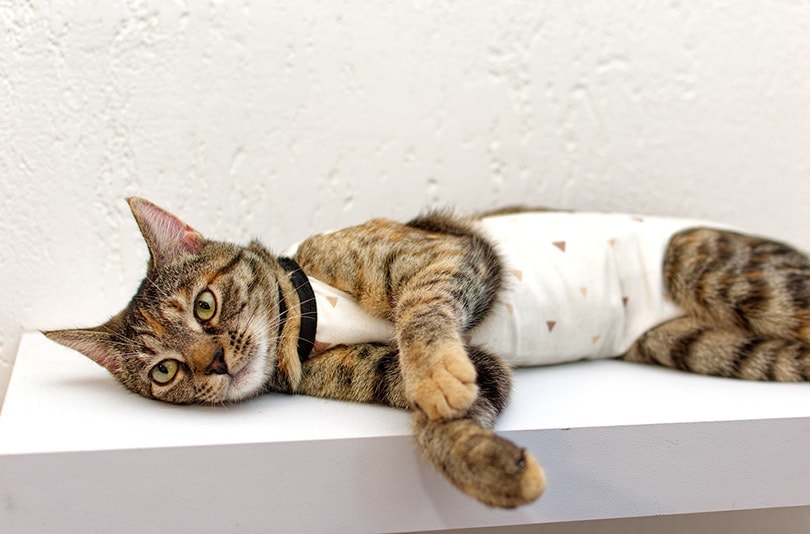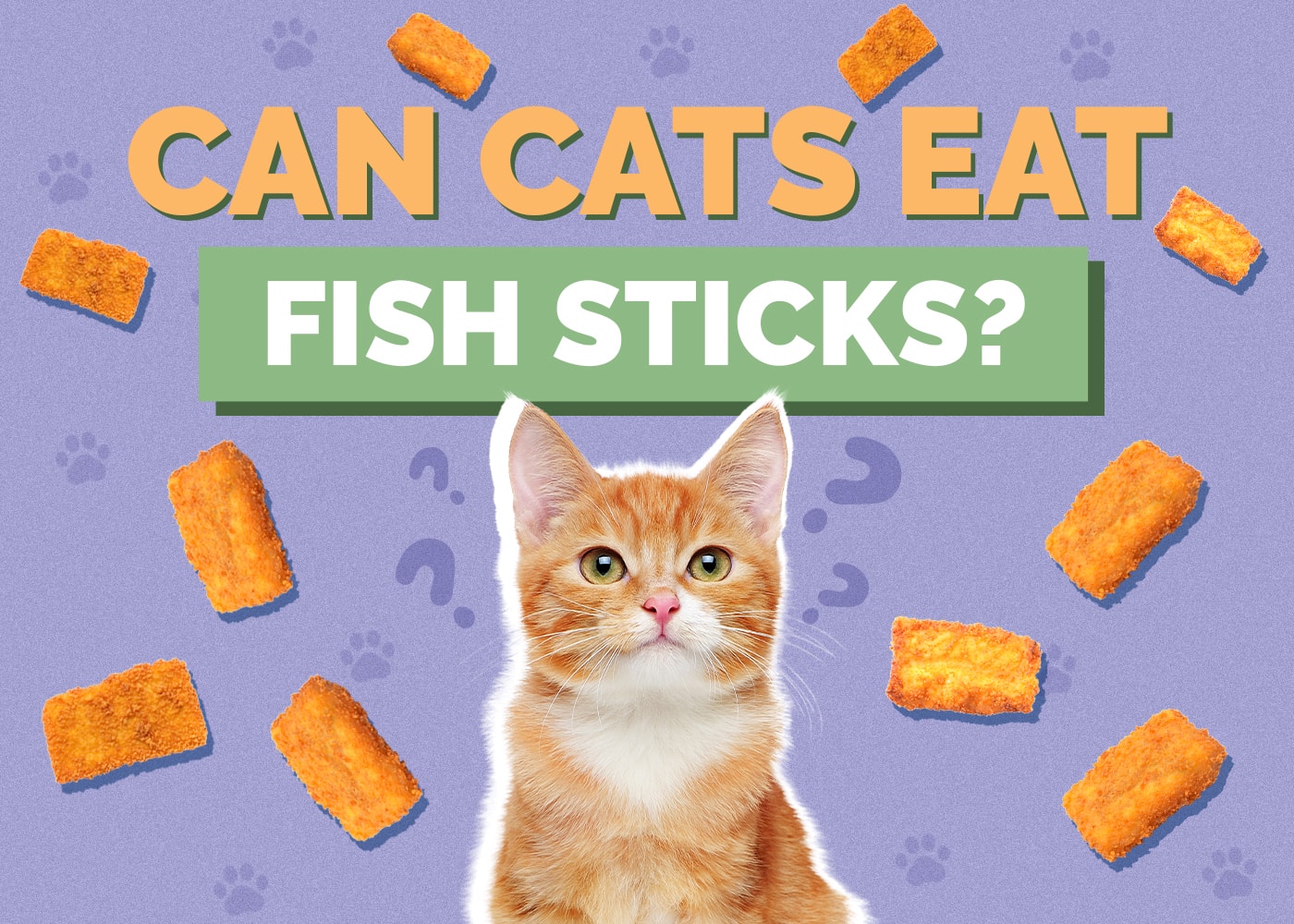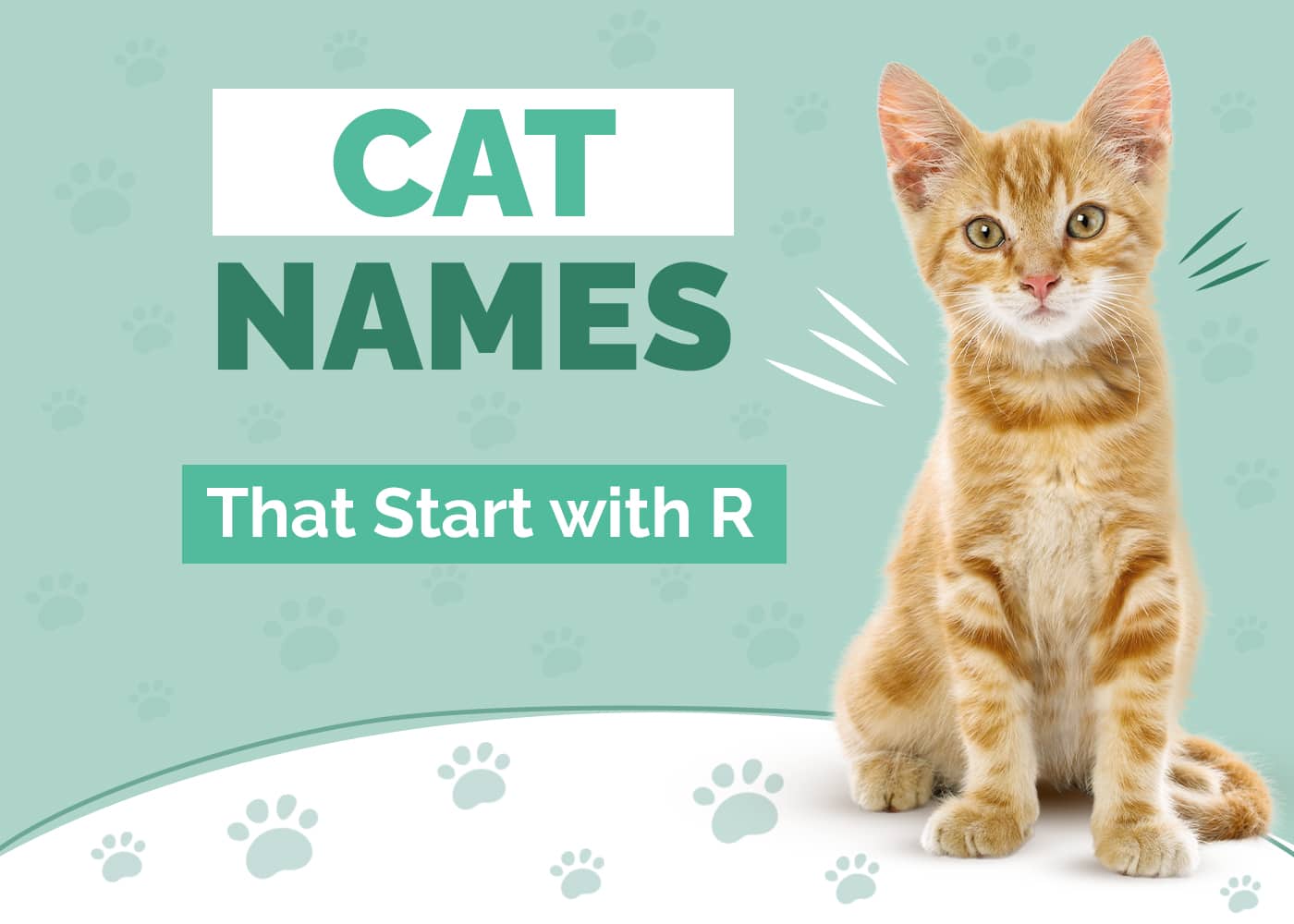12 Common Types of Cat Collars: & When to Use Them
Updated on
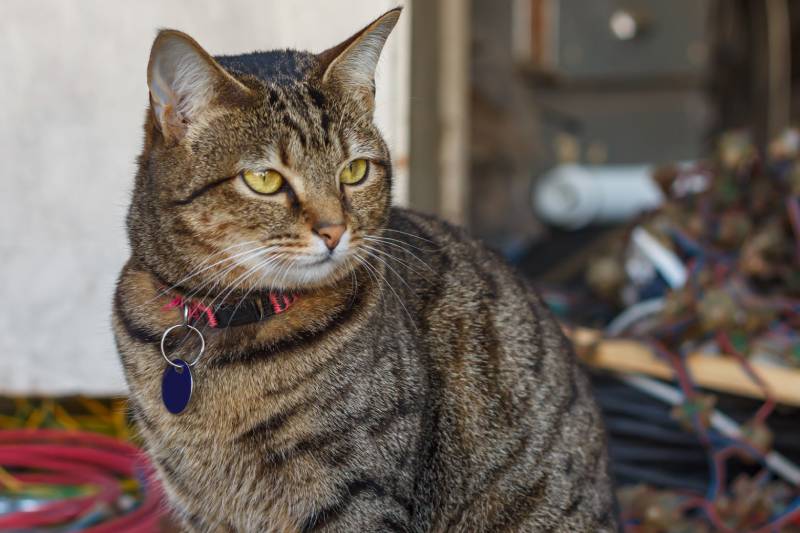
Click to Skip Ahead
Collars are one of the main ways a cat can be identified as someone’s pet. They are equally as important to cats as they are to dogs and play a large role in reuniting them with their owners if they were to be lost.
Collars are not just for identification though, there are plenty of other types of collars out there with different uses. In this article, we will take a look at 12 of the most typical types of collars you can find on the market that are geared toward cats.
The 12 Common Types of Cat Collars
1. Traditional Buckle Collar
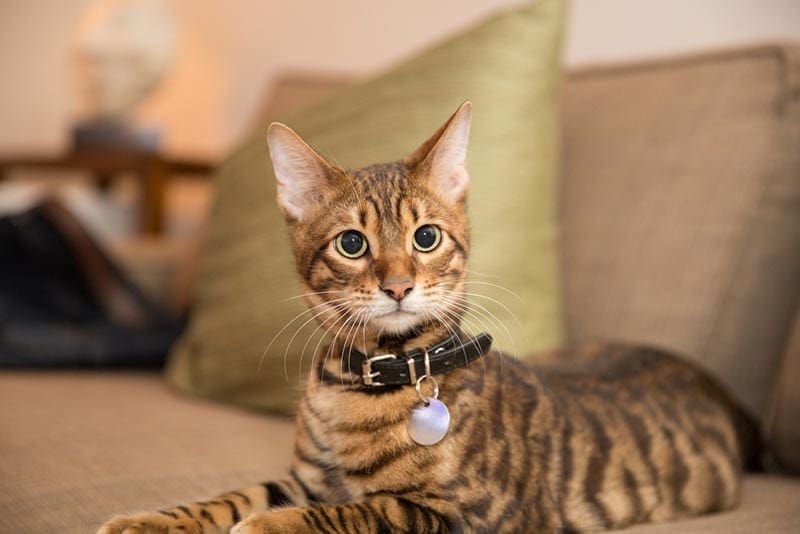
A traditional buckle collar for a cat is very similar to those you see on dogs. These collars must be unbuckled by the owner and are not designed to release when snagged or pulled apart. These collars can be constructed from a variety of materials.
Traditional buckle collars work well for dogs since they hold up when met with significant force, which keeps them from getting loose when walking outdoors or anywhere in public. These collars are not the ideal choice for cats, however, since they are more likely to get snagged.
- Identification
- Looks
2. Bell Collar
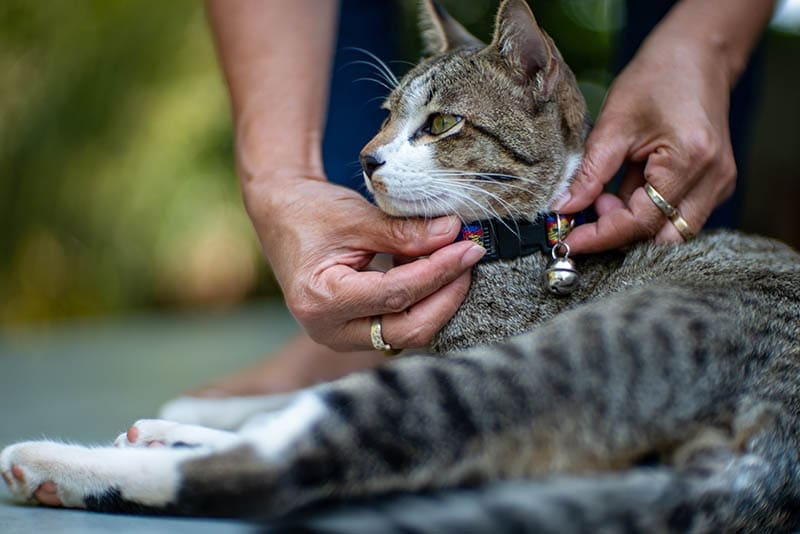
- Alert potential prey
- Identification
- Looks
Bell collars are very commonly associated with cats, but they serve a very specific purpose. The bell attached to the cat’s collar will alert any potential prey animals of the cat’s presence. These are typically used for outdoor cats to prevent them from hunting and killing various wildlife.
Outdoor cats are responsible for a significant decrease in native wildlife worldwide, including mammals, birds, and reptiles. Not only is it harmful to the environment and the endangerment of native species, but cats are also at risk of contracting diseases from infected prey.
3. Breakaway Collar
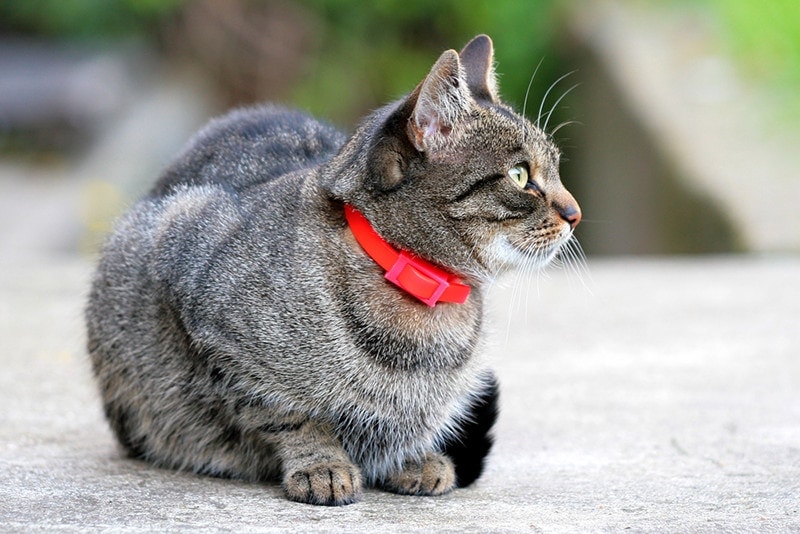
- Identification
- Prevent entanglement
- Safety
Breakaway collars or quick-release collars are a very popular choice for cats since they are designed to come undone if anything pulls against them. This will prevent the risk of injury or suffocation if the cat were to become snagged on a random object.
Well-designed harnesses, leashes, and collars can make taking your cat for a walk a breeze! Our Hepper Breakaway Collar features UV- and mold-resistant hemp webbing, a safe breakaway buckle, and adjustable slip-locks that perfectly fit even larger breeds. This fashionable collar comes in fun pastel colors and includes a wildlife-protecting jingle bell.
4. Reflective Collar
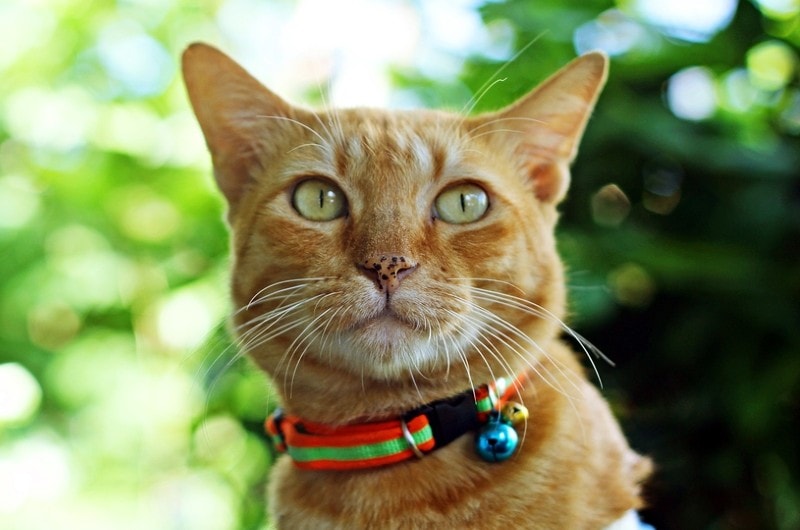
- Safety
- Accident prevention
- Identification
Reflective collars are covered in a reflective material that will reflect and stand out if exposed to bright light. These collars are designed for safety reasons, as they will be notified if your cat were to be out at night and a car were to happen upon them.
5. Personalized Collar
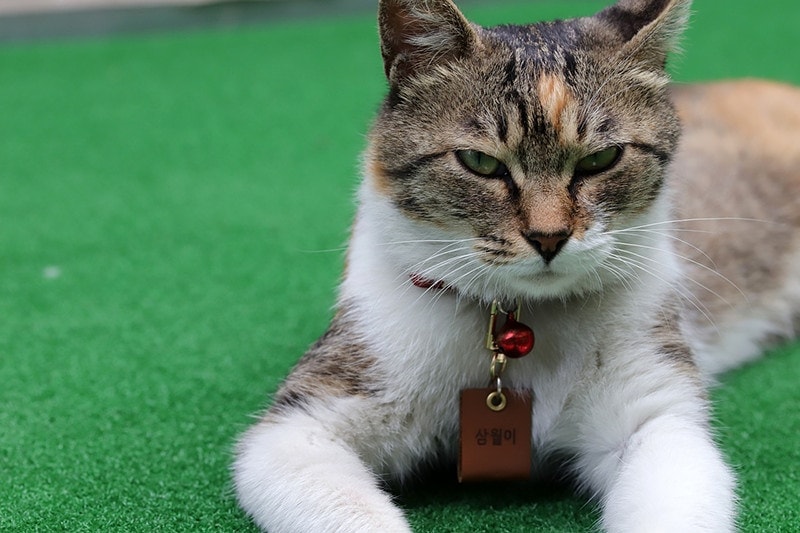
- Identification
- Looks
Personalized collars come in many different shapes, colors, and styles. Personalized collars will allow owners to put any information they deem significant directly on the collar, rather than relying on an attached tag. This can include the cat’s name, address, and any phone numbers that can be used to reach the owners in the event they were to be lost.
6. Decorative Collar
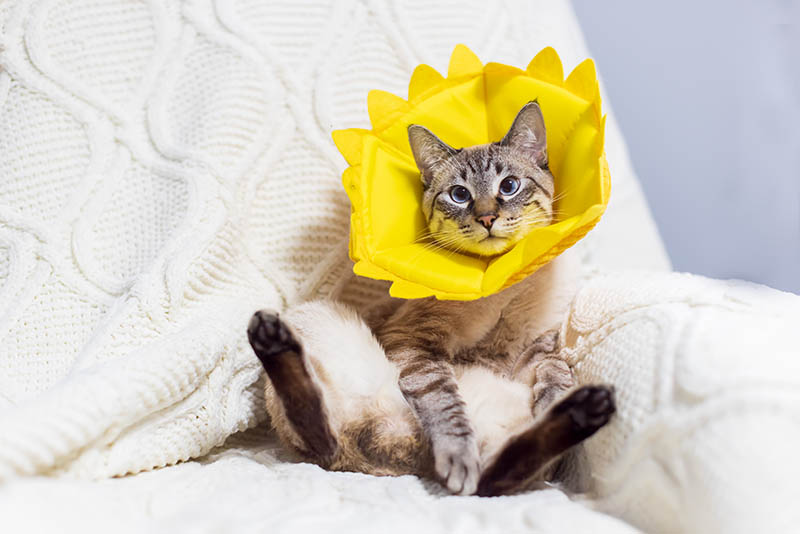
- Identification
- Looks
There’s a wide variety of decorative collars on the market, and they can be made of many different materials. They can be themed for your favorite holiday or character or come with any accents or patterns of your choice. You may see these collars with rhinestones, bow ties, bandanas, and many other unique features.
These collars are typically designed like traditional collars, rather than the recommended breakaway collar, so that’s something to consider when making a purchase. Decorative collars are meant to reflect your taste and are meant for looks and to show that your cat belongs to someone.
7. Elastic/Stretch Collar
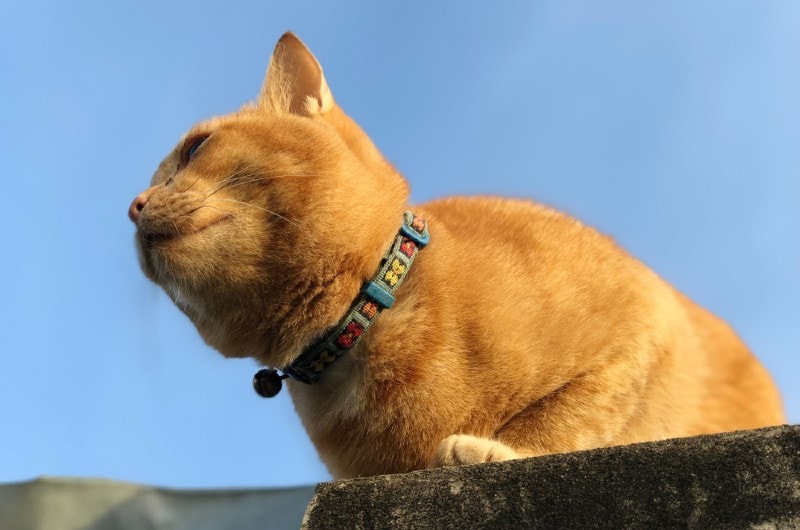
- Safety
- Prevent entanglement
- Identification
Elastic or stretch collars are meant to work similarly to breakaway collars but rather than pulling apart when met with tension, they stretch out instead. While they may be designed for cats to slip out as needed, these collars are considered less safe than breakaway options because they can still become stuck.
8. GPS Collar
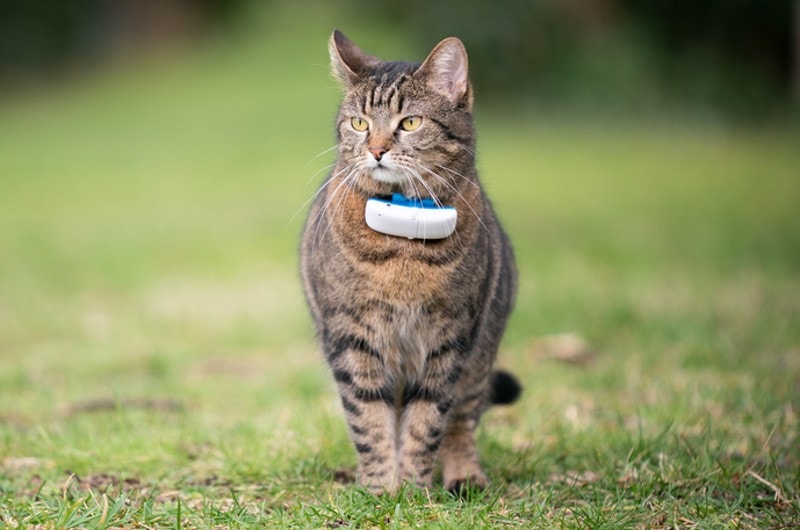
- Location Tracking
- Activity Tracking
- Identification
A GPS cat collar is a collar that comes complete with a GPS tracking device to provide the owner with location information. These collars are used if a pet cat was to become lost. There are varying levels of technology behind GPS collars, and you may even find these tracking devices in tag form.
GPS collars are typically lightweight and water-resistant, offering real-time tracking of your cat’s movement and other activities. Most of these collars are compatible with smartphone apps so that owners can check in on their kitties at any time of day.
Certain companies may require a monthly subscription for service. It is always recommended to do your research on the best GPS collars if you are interested in buying one for your cat.
9. Calming Collar
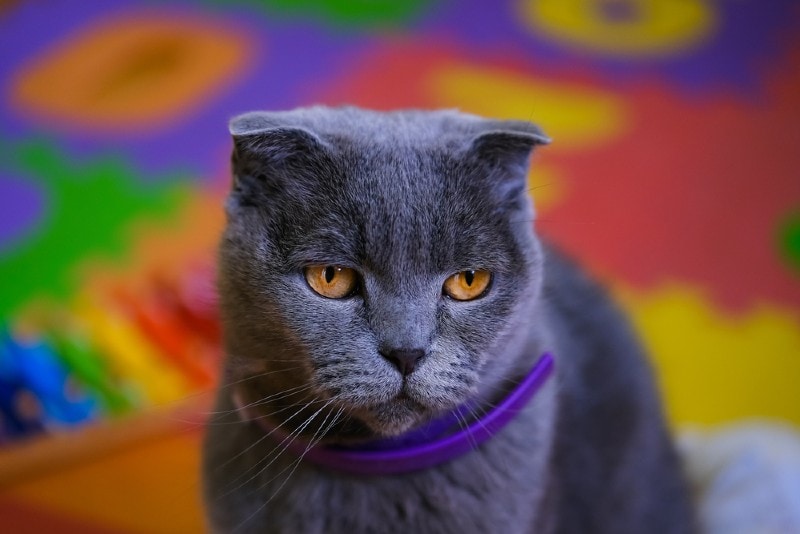
- Ease stress and anxiety
Calming collars are specially-made collars that emit synthetic pheromones to ease any stress or anxiety and help your cat feel calm and relaxed. These pheromones mimic the natural pheromones released by cats when they are feeling happy and content.
Calming collars may or may not have the desired effect, as they have shown to work well in some cats but not in others. The pheromones used in these collars are also available in diffuser and spray form. Since they do not offer the quick-release feature, it is not recommended that cats wear these collars outdoors for the sake of their safety.
10. Flea and Tick Collar
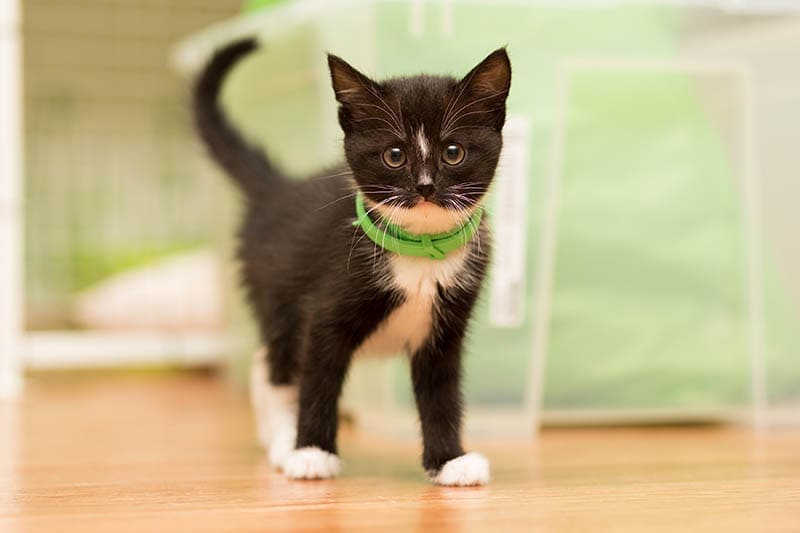
- Parasite Prevention
Flea and tick collars are used to prevent and treat external parasites. These collars work similarly to topical flea treatments and will release the necessary chemicals that will spread all over the cat’s body. Flea collars have been around for quite some time and are generally considered safe if used as directed.
Make sure to talk to your veterinarian about the safety and efficacy of these collars if you have any concerns. These collars can last anywhere from 3 to 8 months. It is not recommended to put flea collars on outdoor cats since they do not have the breakaway feature and can easily become snagged on various objects and put them at risk for injury.
11. Wireless Fence Collar
- Notify of fence boundaries
Many wireless fences will come equipped with collars that will send a radio signal to trigger an alarm if the pet were to come near the underground wiring. This is more commonly associated with dogs, but cat owners have also resorted to invisible fencing to place boundaries on their beloved felines. Surprisingly, cats can be trained to use these successfully.
12. Elizabethan Collar
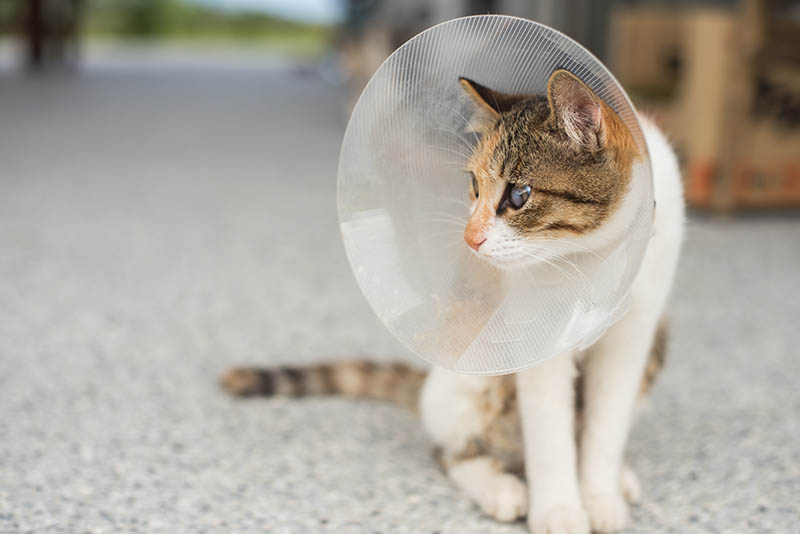
- Protect injuries or surgical sites from further damage
Elizabethan collars are commonly referred to as E-collars or “the cone of shame.” These are not your typical collars but are used to protect against further injury or damage to a wound or surgical incision.
These collars will only be used if recommended by your veterinarian. They do limit visibility so any cat that is free roaming the house should be supervised to prevent any mishaps.
 Tips for Choosing the Right Collar for Your Cat
Tips for Choosing the Right Collar for Your Cat
Make Sure it Suits Your Cat’s Needs
As you can see, there are a wide variety of collars on the market. Some of them have very specific, short-term uses, while others are to be worn as long-term collars. If you ever have any questions or concerns about your cat’s safety when it comes to any type of collar, make sure to reach out to your veterinarian for guidance.
Keep Safety in Mind Above All Else
Safety needs to be the top priority for your cat. Cats that are allowed to roam outdoors should not be fitted with traditional collars or any type that do not have the quick-release buckles that will give when any tension is put against them. Outdoor cats are at a much higher risk of being snagged, so you want to reduce their risk of being injured or strangled from their collar.
Make Sure They Have an Identification
Cats can be sneaky and even indoor-only cats may bolt out the door or window at any given opportunity. You want to have a collar that holds some form of identification so that the chances of being reunited are much higher in the event they become lost.
It’s obvious that a cat with a collar belongs to someone and it is less likely it will be disregarded as a stray or feral cat. Having your name and phone number available is essential. You should also strongly consider having your cat microchipped, which is another great way for lost cats to be identified.
Make Sure It Fits Well
You’ll have to make sure your cat’s collar fits right. You should be able to fit no more than three fingers underneath the collar for the right fit. You may have to adjust the collar as your cat grows.
Final Thoughts
Whether you want a decorative or personalized collar to identify your cat as your own and to show off your style, or you need a collar for safety reasons, there are plenty of options available for cat owners to choose from. Even if your cat is an indoor-only pet, it’s a good idea to have an identifying collar in case they were to get lost. Regardless of which type of collar you need, make sure they fit your cat correctly, and be sure to choose safety over cost and looks.
Featured Image Credit: Justin Wearne, Pexels


